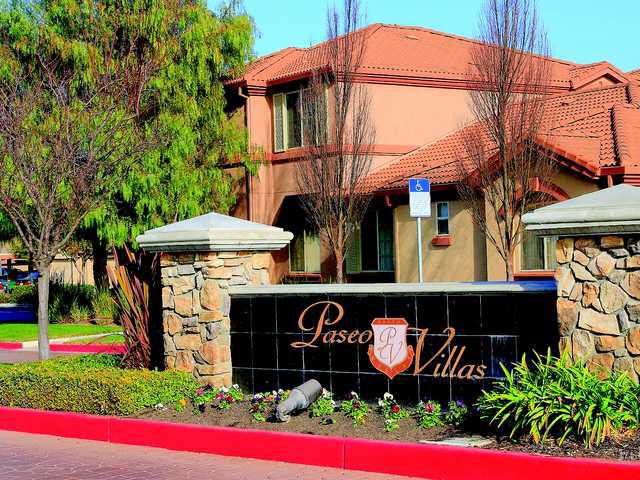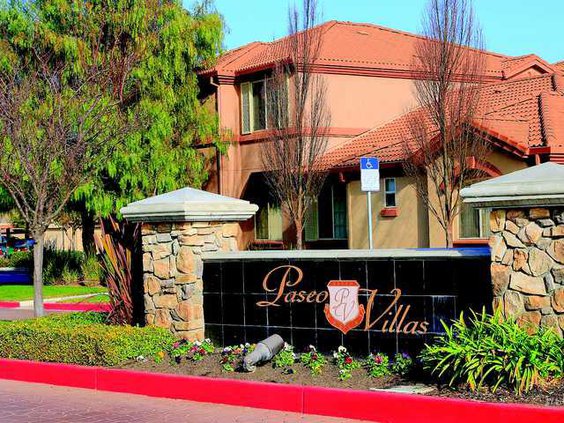Vista Verde Apartments is a well-kept, low-key complex on Eastwood Avenue in north Manteca.
The Bulletin’s annual rent survey conducted in December indicated Vista Verde’s one bedroom apartments that average 400 square feet were renting for $845 a month. That was the lowest of the five apartment complexes the Bulletin has been tracking for the last 15 years. The next closest was Park Place at $1,175 with Paseo Villas topping the list at $1,590.
Vista Verde is now adding 19 apartments split between floorplans featuring two bedrooms and two bathrooms as well as three bedrooms and two bathrooms. The units will be ready to rent in July.
The two bedrooms and two bathrooms unit will be available starting at $1,365 a month with 890 square feet. The same Park Place floorplan rents for $10 more and has 42 more square feet.
Villa Vista’s new three bedrooms floorplan with 1,206 square feet starts at $1,485 a month. It is a bargain compared to Paseo Villas that on Monday has a three bedroom unit available for $1,945 a month. That’s an increase of $125 over the December rent.
Given waiting lists throughout Manteca, Vista Verde will have no problems renting the 19 additional units.
The prices for the new Vista Verde units underscore what economists would call an “acute” rental housing shortage for communities of 20,000 or more residents. The United States average for a typical city of 20,000 or more is for 31.8 percent of the city’s housing units to be apartments or multiple family housing such as duplexes. In California it is at 38.0 percent, in Stockton it is at 33.7 percent and in Lodi it is at 35.2 percent. The percentage in Manteca is 19.2 percent.
Yet in response to queries by Councilman Richard Silverman who is concerned about the impact of the high cost of living is having on Manteca residents, municipal staff has repeatedly assured him there is adequate set aside land in the general plan for affordable housing with that amount exceeding state mandates.
The only problem is traditional single family homes are virtually the only housing that is being built in Manteca.
It underscores whether the current general plan — specifically the housing element — is effective at addressing the No.1 economic issue of a substantial chunk of Manteca’s households which is being able to afford the rent or mortgage.
It is against that backdrop that the city on Thursday starts gearing up for the updating of the general plan that will cost a healthy six figures and take up to three years to complete. The first step is one of three community workshops taking place Thursday at 6:30 p.m. at the Manteca Transit Center, 220 Moffat Blvd.
The state-mandated housing element that’s part of the Manteca General Plan — the city’s blueprint for growth — is a document fashioned for and by policy wonks.
The document is supposed to assure that all community housing needs are addressed. But whether it is actually implemented to the point of effectively addressing all the needs the document says it will is a point of contention among many affordable and workplace housing advocates.
Planning Commissioner Leonard Smith has repeatedly expressed frustration that the affordable housing goals aren’t being met or aggressively pursued.
City staff contends — as they do with Silverman’s queries — that the adopted general plan goals meet state requirements by making sure that there is adequate land zoned for adorable and workplace housing opportunities.
Critics say that while that may meet statutory requirements it isn’t enough as in reality Manteca falls significantly short of meeting its goals, And at every housing element update through the years city staff has proclaimed housing goals are being met when the marketplace says something entirely different.
Critics also contend the housing element’s background data has misleading information. For example, when the housing element was being adopted in 2015, the city’s four largest at-market apartment complexes were renting one bedroom apartments for between $1,000 and $1,400 a month. The city opted not to survey those four complexes and instead focused on older complexes where one bedroom rents range from $735 to $930 in 2015.
The eight main housing goals that exist in the current housing element are to:
upromote the development of affordable housing.
upromote mixed-use, infill, and downtown housing development.
uprovide a range of housing types, densities, and designs to meet existing and projected housing needs for all economic segments of the community.
uencourage the maintenance and continued improvement of the existing housing stock and neighborhoods.
uprovide adequate housing opportunities for persons with special needs including seniors, those with disabilities, single parents, large persons, those lacking permanent shelter and residents with extremely low income.
upromote equal opportunity to secure safe and affordable housing.
uencourage energy efficient residential and neighborhood deigns that reduce total housing costs by lowering ongoing operation and maintenance costs.
uensure that housing element programs are implemented on a timely basis and the progress of each program is monitored and evaluated annually.
The housing element contains various polices aimed at achieving those goals as well as economic and housing data on Manteca.
To contact Dennis Wyatt, email dwyatt@mantecabulletin.com





